I’m not very good at trees. As most of my horticultural career has focused on container planting I have limited experience with trees and can find them hard to identify correctly – as with any vocabulary, if you don’t use certain plant names very frequently they can soon slip from your memory.
Parrotia persica is a tree name I find unusually easy to remember, and with a blog called “A Parrot’s Nest” how could I fail to include a tree named after a man called Friedrich Parrot? It’s usually a tree of sprawling habit – in an arboretum you may notice it peeping cheekily out from among its more upright neighbours. The slightly lopsided obovate (fatter at the end furthest from the twig) leaves dangle from the branches in a nonchalant way and are easy to spot from a distance, especially when they change spectacularly to a patchwork of autumn colours. In the colouring book of garden plants you can use nearly all your felt-tips on this one: single leaves ripple with yellows, oranges and reds, while whole branches can stain themselves purple or stay summer green until the last minute. It’s a big show-off, holding on to those leaves well into the autumn before flinging them off to reveal the knobbly buds of its odd little red flowers, which open in late winter.
I haven’t got room for one in my garden – not even the variety called ‘Vanessa’, which is more upright, and reputedly tolerant of many soil types – I’d have to keep lopping bits off it, which would be sad. I recently spotted a young specimen planted right on the corner of a road in Chipping Norton and even if it is ‘Vanessa’ in a few years it’ll be waving its arms in front of the traffic and some jobsworth will attack it with a saw and make it look stubby and awkward.
Parrotia persica is on the list for my fantasy garden, of course it is, along with 20,000 other plants. Apparently the best autumn colours reward those gardeners who rejoice in the holy grail of soil – moist but well drained and a bit on the acidic side – and when there’s plenty of sunshine available. It’s tempting to try it but my soil is dry, so dry, and alkaline.
Our house is the right age, dating from the mid 19th Century, which is when Parrotia persica was introduced from Iran.
No, I love it but I can’t have it.
Unless I tried one in a container? I already have a potted Liquidambar and a monkey puzzle and a Sorbus aucuparia, and a couple of copper beeches…


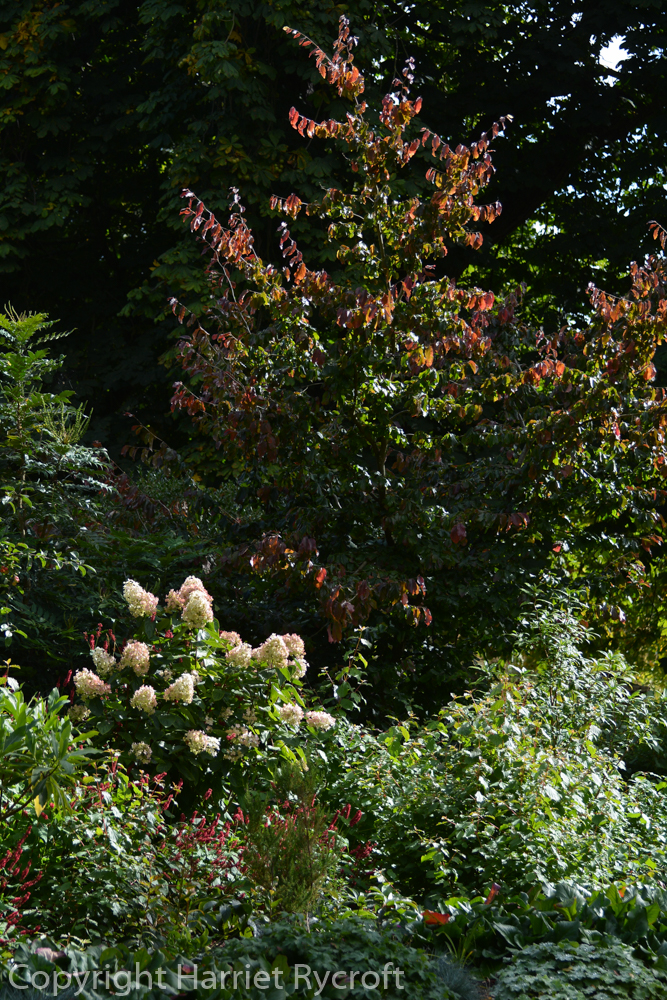






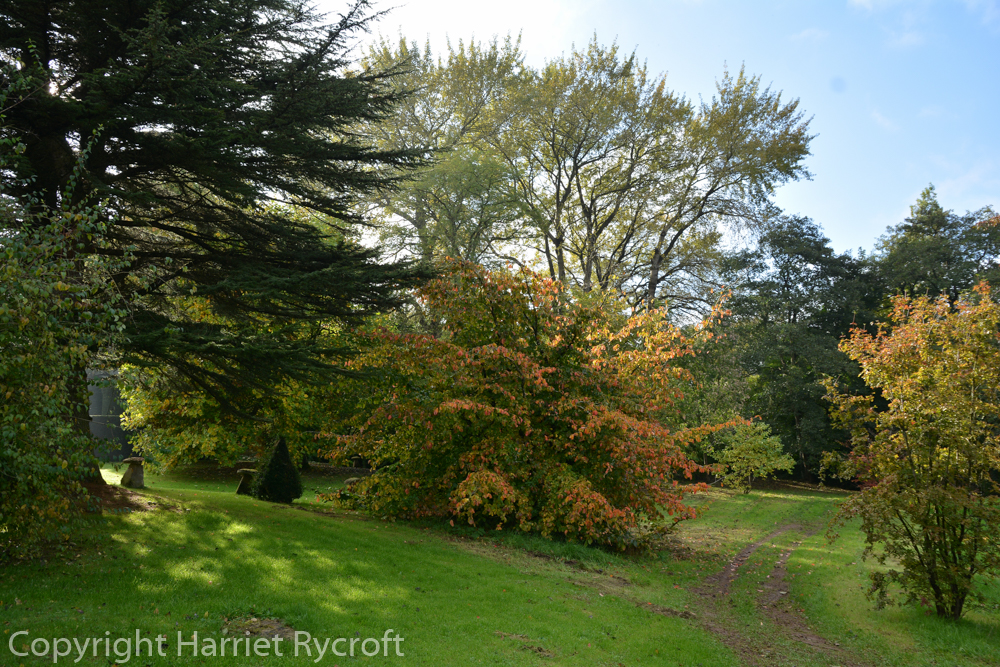




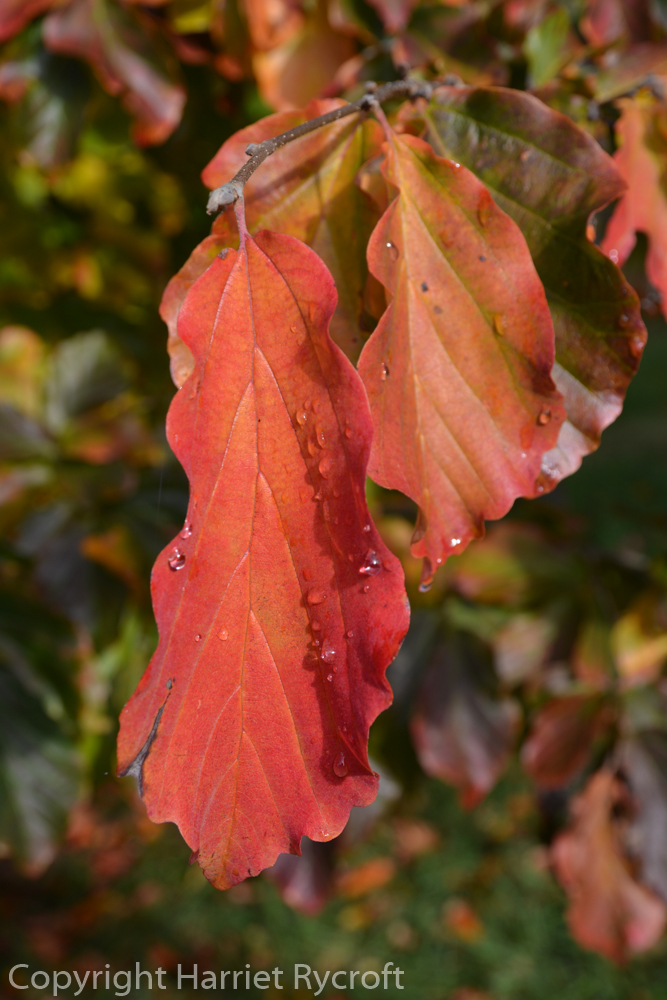


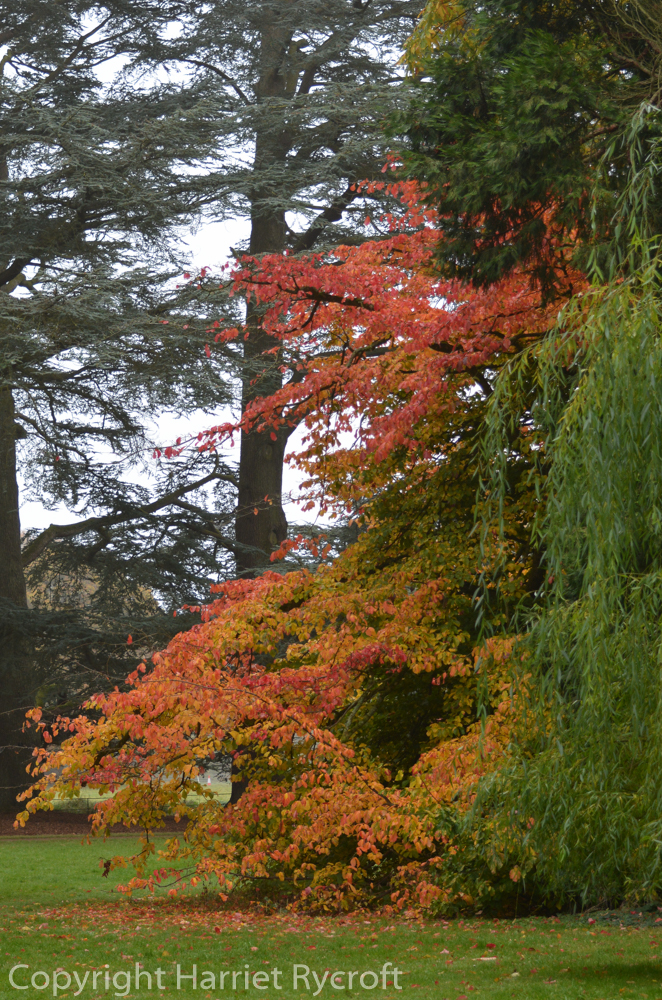

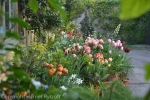


This is a tree that I’ve noticed but didn’t know it’s name. Now I do. Wonderful leaf colour.
LikeLike
Yes, it really is spectacular!
LikeLike